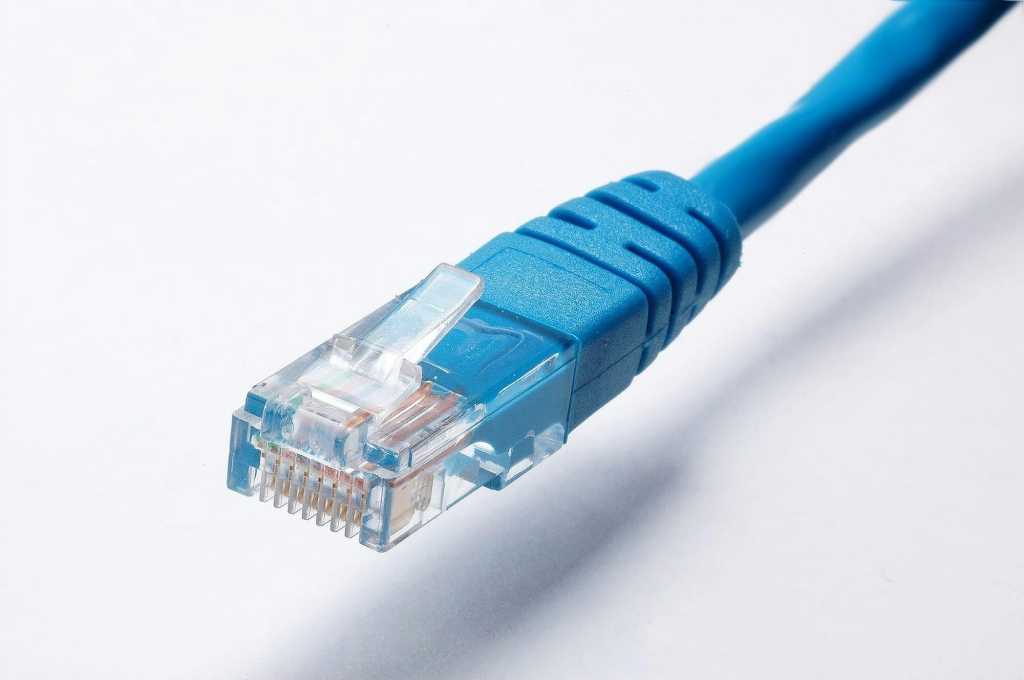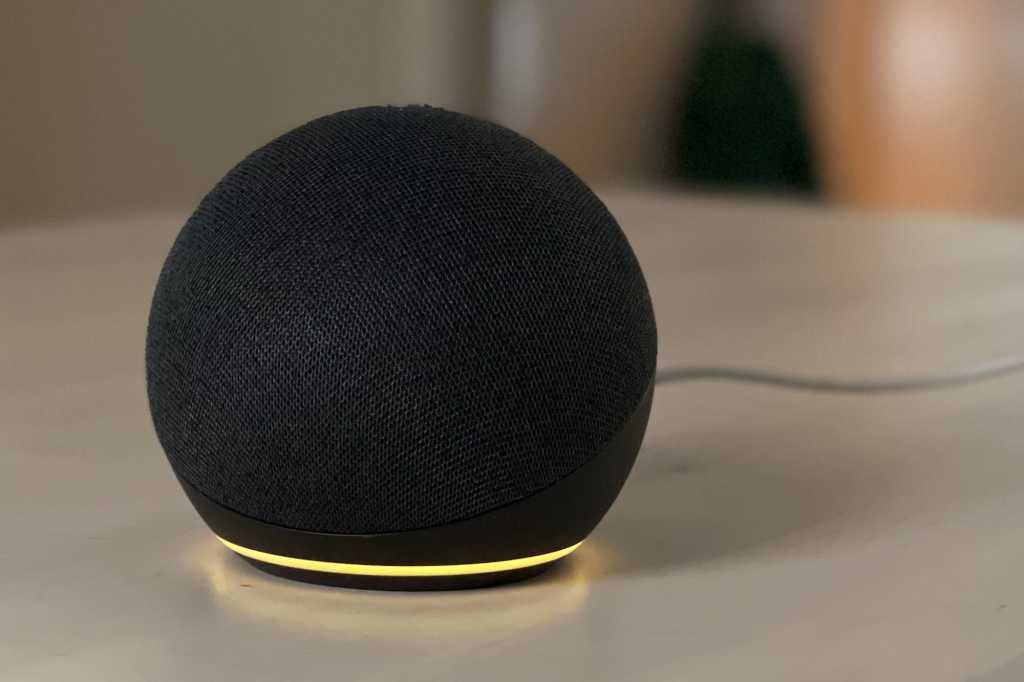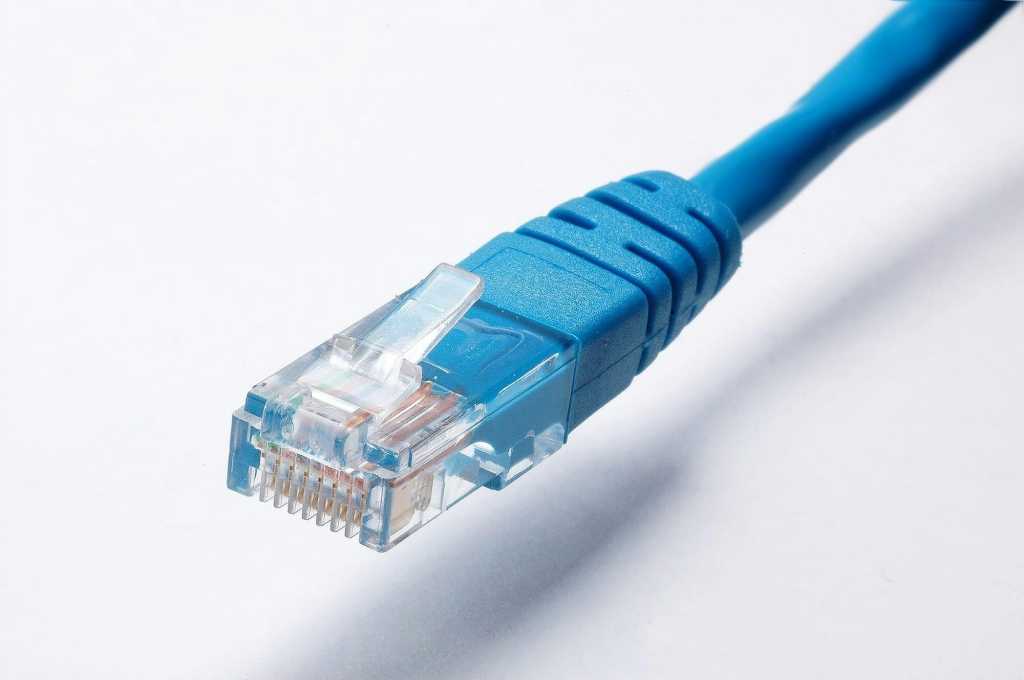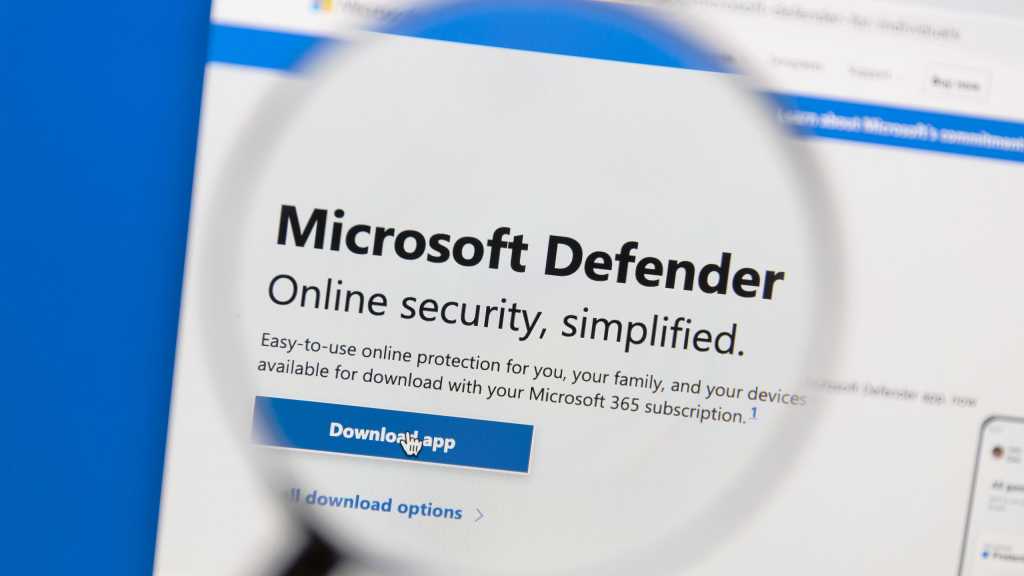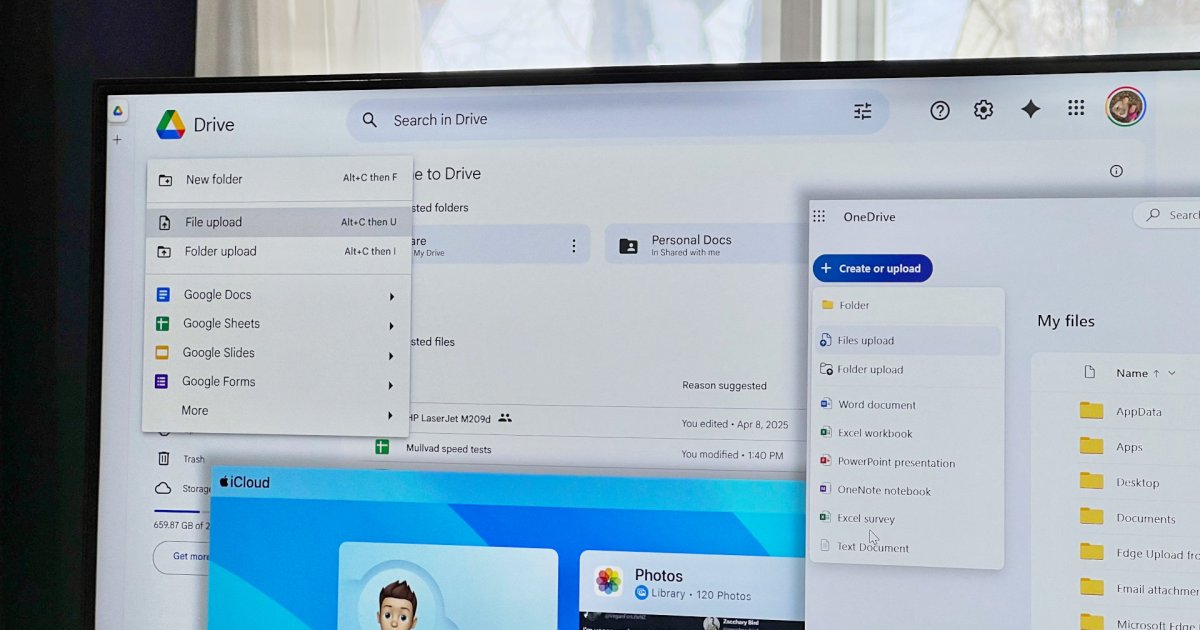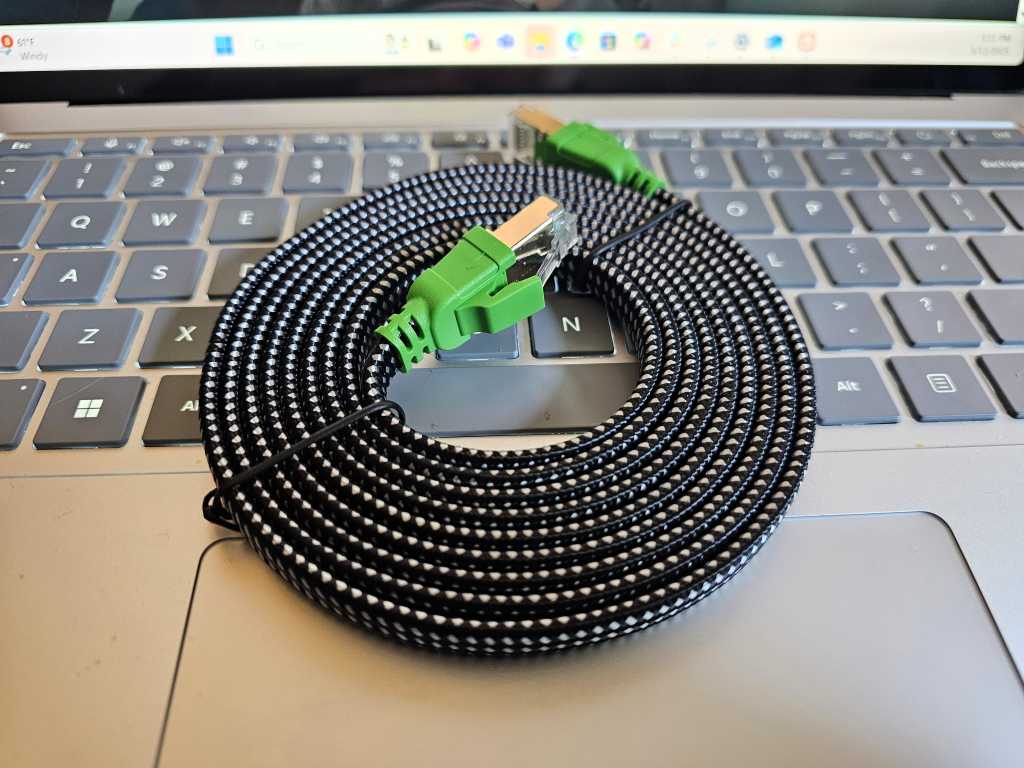When shopping for Ethernet cables, you’ll encounter labels like CAT 5, CAT 6, CAT 7, and CAT 8. This guide clarifies these categories and helps you choose the right cable for your needs.
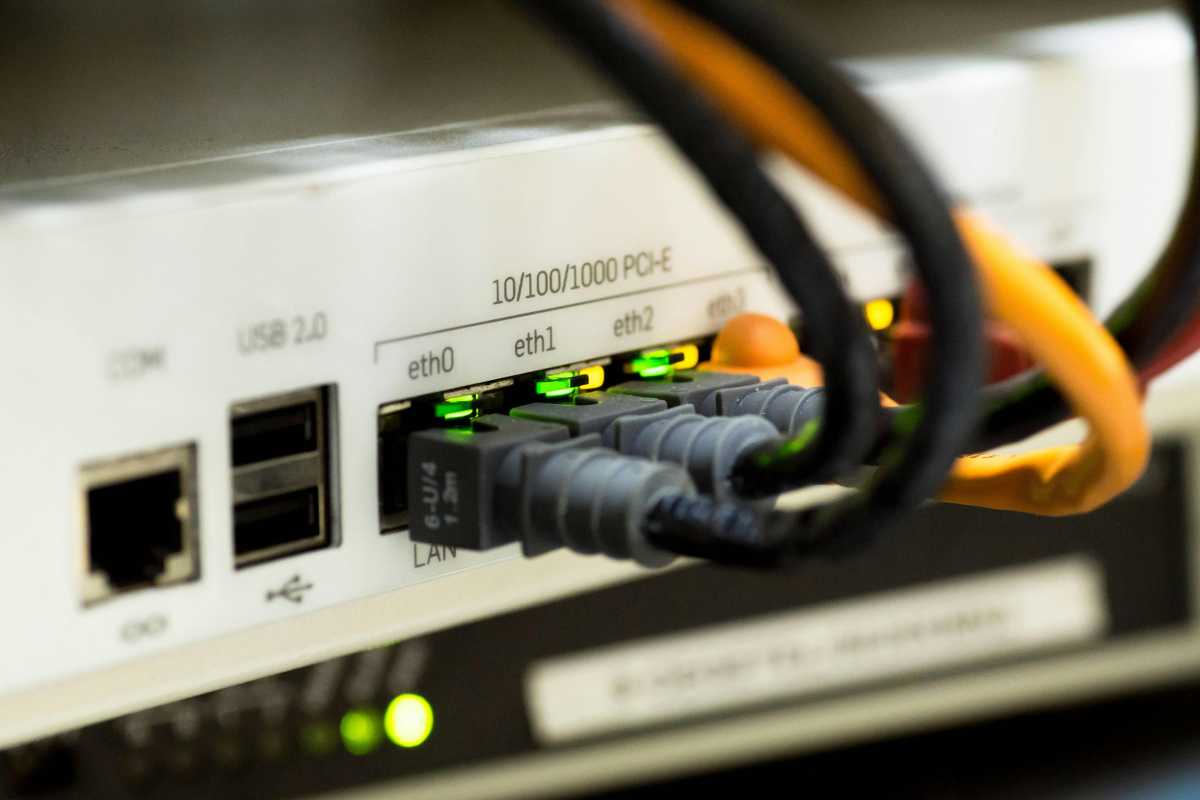 Ethernet cable types
Ethernet cable types
Understanding Ethernet Cable Categories
“CAT” stands for “category,” signifying the cable’s standard and specifications. The number following “CAT” indicates the specific category. Each category offers different performance levels, wire configurations, and construction variations, including winding tightness and shielding. Like USB cables, Ethernet cables have evolved, offering faster and more efficient data transfer with each generation.
Data Transfer Speeds: A Breakdown by Category
CAT 5 and CAT 5e cables are older generations, originating in the early 2000s. CAT 5 supports speeds up to 100Mbps at 100MHz, while CAT 5e offers a slight improvement with speeds up to 1,000Mbps (1Gbps) at 100MHz, resulting in improved stability and reduced lag. These cables suffice for basic home and office networking needs, connecting PCs, printers, hubs, switches, and routers.
CAT 6: The Current Standard for Many
CAT 6 cables represent a significant leap forward, delivering speeds up to 10Gbps at frequencies up to 250MHz. Their enhanced shielding minimizes electromagnetic interference, reducing crosstalk and noise, making them suitable for video conferencing, cloud-based work, and demanding professional environments like hospitals and government agencies.
CAT 6e: Enhanced Performance for Demanding Networks
CAT 6e cables maintain the 10Gbps speed of CAT 6 but support higher frequencies of up to 500MHz. This increased frequency range provides even greater stability and resistance to interference, making them ideal for high-bandwidth applications and data-intensive tasks.
CAT 7: Speed and Shielding, but Connector Compatibility Issues
CAT 7 cables also offer 10Gbps speeds with frequencies up to 600MHz. However, they were initially designed for GG45 or TERA connectors, not the widely used RJ45 connector found in CAT 5, CAT 6, and CAT 6e. While CAT 7 cables can use RJ45 connectors, this limits their bandwidth to that of CAT 6/6e, negating the performance advantages.
CAT 8: The Fastest Option for Specialized Applications
CAT 8 cables are currently the fastest available, surpassing the 10Gbps limit by using a 2GHz signal to achieve speeds of 20Gbps or even 40Gbps. This high performance makes them ideal for data centers, financial institutions, research facilities, and broadcasting studios that require top-tier Ethernet connectivity. While CAT 8 adoption for gaming is increasing, it remains a niche application.
Choosing the Right Ethernet Cable for Gaming
While CAT 8 cables represent the ultimate in speed, they are often overkill for most gamers. Limiting factors like router and modem speeds often prevent full utilization of CAT 8 capabilities. CAT 6 or CAT 6e cables provide an excellent balance of performance, reliability, and cost-effectiveness for gaming. Most high-speed desktop Ethernet cards, like the Asus XG-C100C, support up to 10Gbps, making CAT 6 and CAT 6e more than sufficient.
Final Considerations
When selecting an Ethernet cable, consider the required length, as each CAT standard has its own maximum length limitations. While CAT 8 offers future-proofing, it’s often not the most practical choice for average users. CAT 6 and CAT 6e provide ample performance for most gaming and general networking needs.
Further reading: The best USB-C cables
Further reading: Buying a USB-C cable? Beware these 6 crucial gotchas



